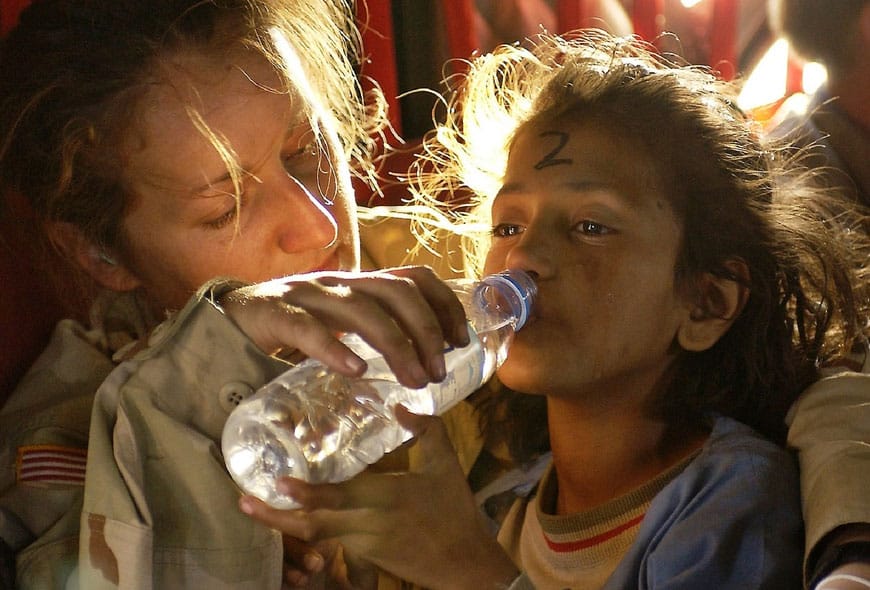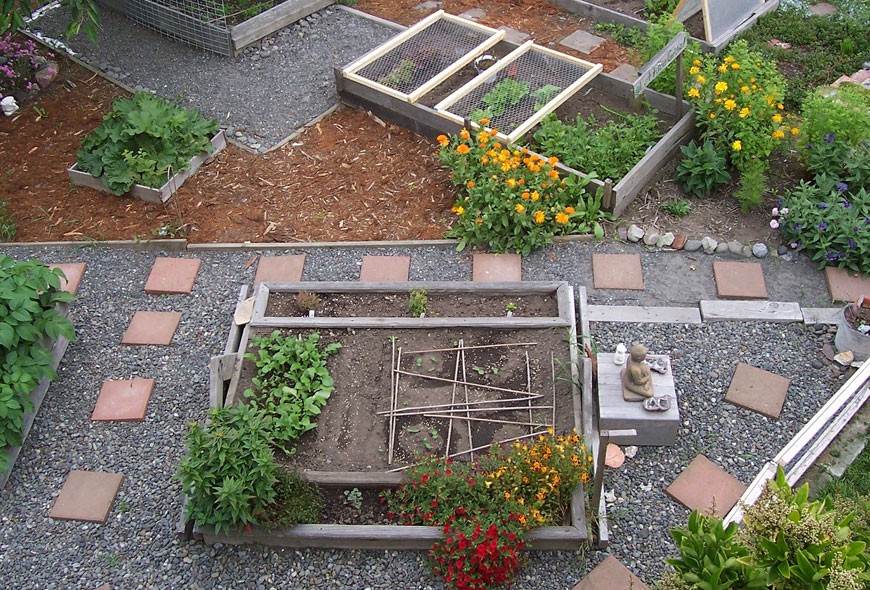Grassroots Giving Ignites Millennial Philanthropy
Philanthropy today is driven largely by a go-getter generation. More and more donors are asking about the real-time value of their contributions. How many people did we serve? Who are we supporting? Are we even making a difference? These questions bring on new ideas about how charity works, calling for a more integrated and transparent approach to philanthropy, namely grassroots giving.
Direct to the Source Charity
Consider this fact: in 2013, 72% of American giving came from individual donors. That means, nearly three fourths of all contributions came down to someone making a personal choice. What compels them though to decide one way or another? In today’s world, it’s all about getting sh*t done and getting it done well. Laura Arrillaga-Andreessen, founder and current board chairman of the Stanford Center on Philanthropy and Civil Society, has characterized this change in giving. She describes today’s donors, particularly millennials, as “philanthropists… with more active and intellectual engagement in the causes they care about.” What medium of giving then is going to get the job done for these philanthropists?

Many donors today believe grassroots giving is the best fit. This is evident in the increasingly popular way people engage in crowdfunding, peer-to-peer giving, and even large social media campaigns. Masssolution reported that globally in 2012, crowdfunding had raised $2.7 billion – 38% of which had gone toward social causes. While Lucy Bernholz, Stanford philanthropy professor and founder of acclaimed blog Philanthropy 2173, is cautious about that statistic, she does agree with the overall positive and quick-moving trend in crowdfunding and charitable giving. Donors are engaging in increasingly grassroots ways.
But what exactly is grassroots giving? Overall, the approach is focused on funding local leadership, listening to their ideas, and improving solutions from the ground up – typically through small grants and individual contributions. By directing funds to leaders on the ground, every dollar donated is a dollar immediately invested in the community. It has instant impact with room to grow because the leaders are making decisions about what works best for the community overall and over time.
Grassroots giving also is aligned with asset-based community development (ABCD), a methodology that’s proving more popular in both domestic and international development. It simply improves the community by leveraging its strengths rather than fixing its problems. Human rights journalist Nick Kristof has spoken on the value of this localized strengths approach, particularly with regards to communities abroad. As recently as 2014, he argued there is no silver bullet for change. Rather, “change comes through a silver buckshot – a lot of little things that achieve results.” That adds perspective to what a single direct contribution can do. It no longer is the case that only big philanthropy will lead to big improvements. Small donations can achieve great things too.
Making the Choice for Grassroots Giving

To be successful in grassroots giving, it takes a personal connection to a cause and a deep willingness to achieve. The combination of these two qualities lead donors to an exciting exercise in innovation and application. Take world hunger, for example. The issue is complex, provocative, and in many cases too big of a problem to solve on one’s own. Grassroots giving asks donors to shrink the problem to one place, ask good questions, and start making choices. In the case of world hunger, a grassroots donor may ask: Do I support a local food bank or invest in an urban garden? What’s happening now in the community? Who’s a local leader already working on a solution? How can I help them?
The same line of inquiry and action can be applied to many different causes. Homelessness? Find the community member helping them find housing and employment. Illiteracy? Team up with the schoolteacher building libraries and reading with children. No clean water? Work with a contractor to build a water well for an entire village. The opportunities are infinite when donors get involved, take on local projects, listen to the local community, and make a personal connection. Charity works best from the ground up.
However You Do It, Pay It Forward!
Philanthropy is an ever evolving field. What it means to be charitable is different for every person, but at the core of every act of giving, there is always passion. This commitment drives great social impact. Whether it happens through grassroots giving or another mode of philanthropy, everyone ultimately has a civic responsibility to help others and make a difference. It is simply up to each individual to start. Only then do communities improve, and the world becomes a better place for all.









